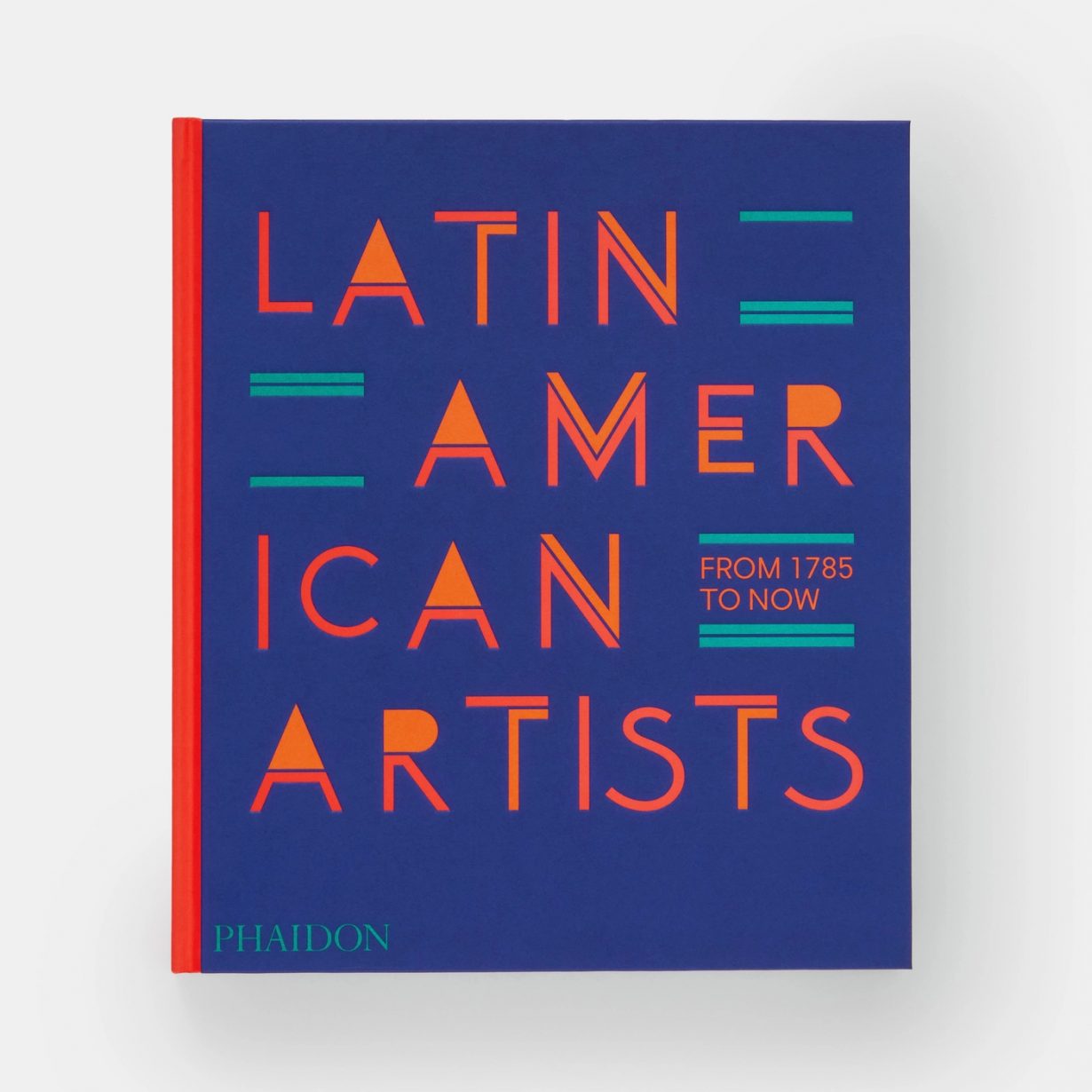Phaidon’s Latin American Artists: From 1785 to Now leaves much to be desired

The mainstay of Phaidon’s output is the packaging of a few hundred pages of artist profiles under an easily digestible theme. Great Women Artists! Korean Art! Great Women Painters! If there has been little unease about the reductive nature of this approach in Phaidon HQ, then the entertaining introductory essay here by Raphael Fonseca offers some home truths. The Brazilian curator, long one of the most forensic voices in the sector, notes that to organise ‘visual arts production by geographical focus is a fallacy’, before tearing apart the notion of ‘Latin’ (if it is a geographic notion, why include Cubans such as Carlos Garaicoa and Coco Fusco and not Haitian, Surinamese and Trinidadians and Tobagonians in the book? If it’s cultural, Fonseca asks, how do you explain the absence of South American-heritage artists from elsewhere, particularly North America?) and ‘America’ (the name perpetuating the colonial legacy of Amerigo Vespucci).

While they are to be commended for allowing Fonseca free rein, the Phaidon editors’ much shorter preface tries to dodge this issue entirely. The notion of a continent, they write, is ‘a contested concept with roots in Classical Greece’; the book is ordered alphabetically, as the organisation of art by chronology is ‘critiqued for its exclusionary and oversimplifying tendencies’. Once we get on to the definitely-not-oversimplified 200-word summaries of artists’ practices, there’s some brilliant work alluded to, but it’s unclear what reading about, say, Claudia Andujar’s disturbing documentary photographs of a 1980s indigenous vaccination programme has to do with a blurb on Mexican artist Julieta Aranda’s concept-driven art a spread later.
The A–Z methodology obscures historic racism and sexism, and misses interesting art historical and political themes. We don’t see the rise and fall of abstraction, nor the pervasiveness of performance come the 1960s. Jumping 200 years from page to page we miss the positive influence of Jewish European immigration and the negative meddling of North American cultural diplomacy. With indigenous artists scattered across the pages, we don’t understand the shared and contrasting cosmological uses of art amid colonised communities. Only the index hints at the dominance of Brazil in the wider imagination of Latin American art (over 50 page-references, compared to, say, Colombia’s nine). Given the cost of the book, Fonseca aside, any reader is likely to feel shortchanged.
Latin American Artists: From 1785 to Now by Phaidon Editors. Phaidon, £49.95 (hardcover)